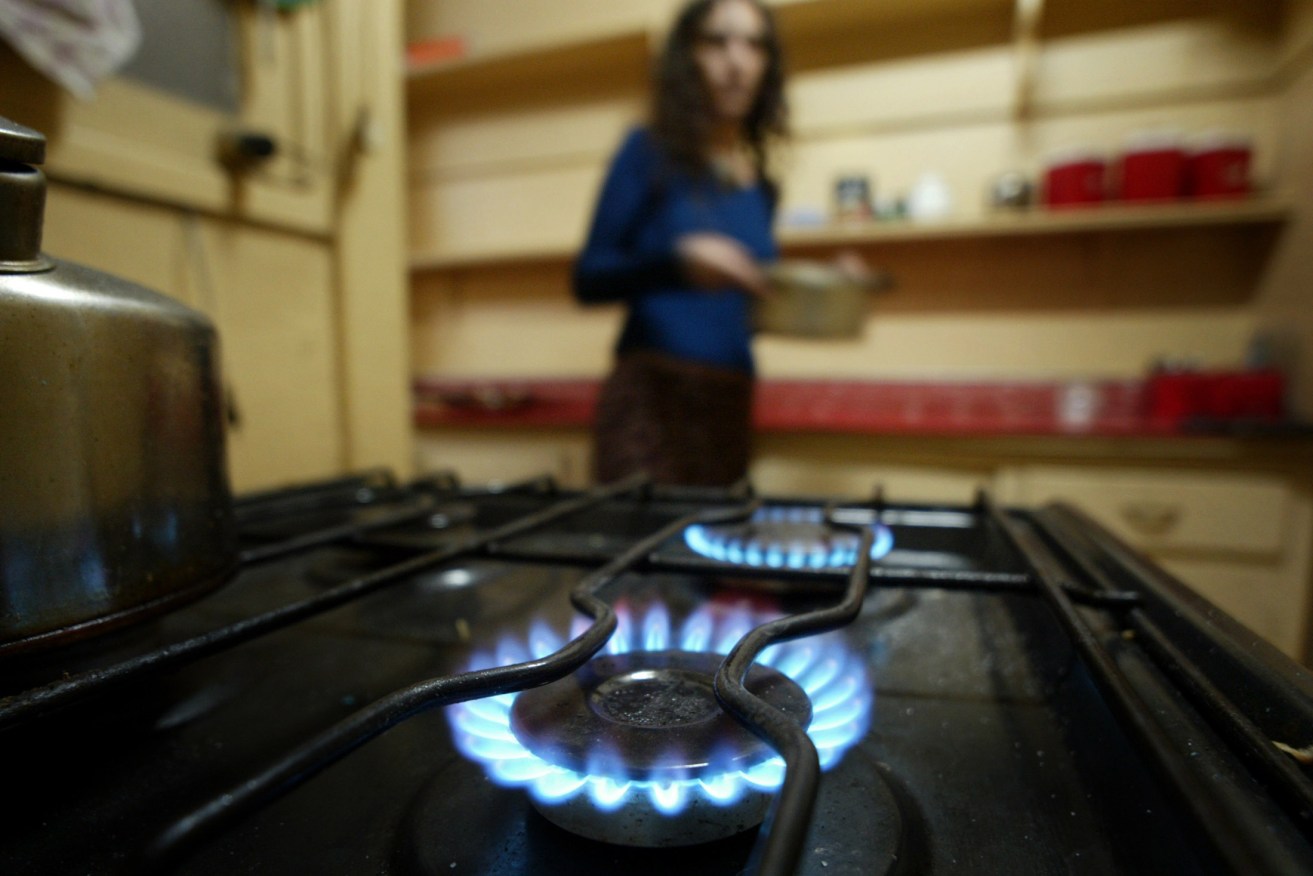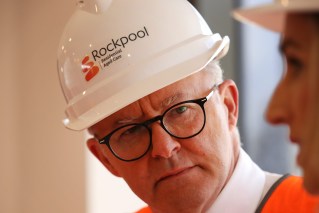Gas shortages inevitable in households as ‘supply gaps’ to grow in size
Urgent investment is needed to stop Australia’s southern states running short of gas, as production drops off faster than demand.

A Chilean woman holds a pot as she prepares a meal in her kitchen, in Santiago March 27, 2004. Argentina's restriction on exports of surplus natural gas will not immediately affect supplies to Chile, which depends on its neighbor for more than 90 percent of its natural gas needs, but could in the future, a government official said on Friday. Some 35 percent of Chile's electricity comes from natural-gas burning plants, and Chilean power companies' shares dropped on the stock exchange on Friday after Argentina announced some restrictions on exports. NTRES REUTERS/Carlos Barria CB/HB
The latest modelling, released by the Australian Energy Market Operator (AEMO) on Thursday, shows gas-supply gaps will only increase in size with dwindling production from Bass Strait.
Pipeline and storage upgrades as well as renewable gases will be needed if supply from 2028 onwards is to keep pace with demand.
AEMO chief executive Daniel Westerman said a range of recent infrastructure projects had been completed to improve gas supplies to southern states and help offset declining production from Bass Strait fields.
“However, gas production is forecast to fall faster than demand in the south, driven by declining production from Bass Strait, which has historically supplied around two-thirds of southern Australia’s gas,” he said.
While further infrastructure would need to be delivered by 2026, running gas-powered generators on liquid fuels could also provide temporary relief during periods of extremely high demand, Mr Westerman said.
“From 2028, supply gaps will increase in size as Bass Strait production falls significantly,” he added.
In the northern regions, where the majority of gas is produced for export, investment is also needed from 2026 to meet both export and domestic demand.
The report also highlighted the risks of peak-day shortfalls on some days under extreme winter conditions from 2025 and the potential for small seasonal supply gaps from 2026 in southern states.
AEMO said it assessed the impact of several proposed supply, transportation and storage options in reducing the risk of peak day shortfalls and annual supply gaps.
Investment options include pipeline upgrades, new domestic supply from renewable gases and LNG import terminals.
“While each individual investment could delay shortfalls for a number of years, a combination of these options will be needed to fully address gas supply issues,” Mr Westerman said.
Gas-powered electricity generation will also play an important role in maintaining electricity reliability and security as the power system transitions from coal to intermittent renewable generation.
“Flexible gas-powered electricity generation is an essential component of the energy mix into the future,” Mr Westerman said.
“Gas, along with batteries and pumped hydro, will enable higher rates of renewables and support electricity reliability as Australia’s coal-fired power stations retire.”
Climate Solutions analyst Tom Quinn said if Australia is facing shortfalls, gas exports should be limited to protect industry and households.
“We are one of the largest gas exporters in the world and it is ridiculous if we don’t ensure enough is set aside for local users,” he said in a statement on Thursday.
“The nation’s security shouldn’t be held hostage to the greed of gas exporters.”
But analyst Kevin Morrison, from the Institute for Energy Economics and Financial Analysis, said AEMO’s 2024 estimates may not eventuate.
“There is no shortage of gas in eastern Australia given three-quarters of the gas produced in the region is used as feedstock for LNG exports or is consumed in converting gas to LNG,” he said.
“AEMO could be setting themselves up for another year of over estimating demand.”
AEMO, he added, made no mention of the closure of the country’s largest gas-fired gas plant, AGL in NSW, and its subsequent impact of reducing demand.












